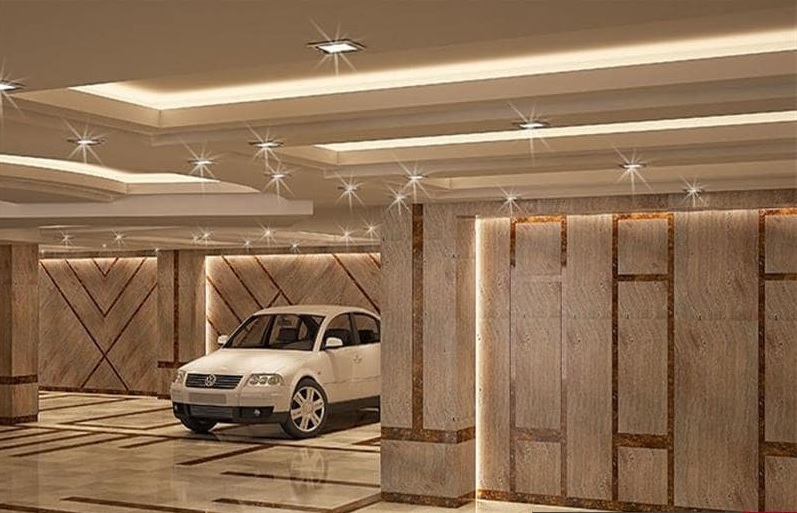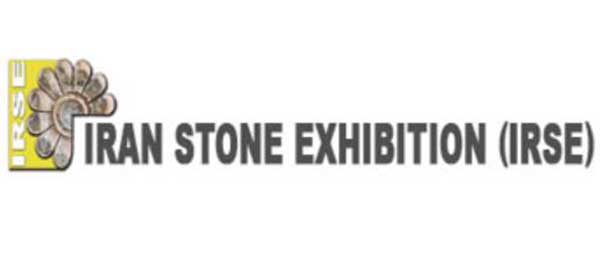Crystals, or Iranian crystal stone, Chinese rocks (of course in Iran), are calcareous or dolomitic rocks that have been recrystallized by intrinsic factors, such as temperature and pressure, and are therefore metamorphic rocks.
Iranian crystal stone in different places differ in terms of metamorphism and some chemical constituents.
Iranian Crystal stone often has large crystals. These large crystals distinguish Chinese rock from sedimentary carbonate rocks.
In terms of the internal structure of the rock and the crystallization of the rock, one mine is different from another.
Calcite is the main mineral that forms most of the Chinese rocks.
Chinese rocks also contain minerals such as quartz, graphite, hematite, Simonite, perite, and so on.
In some Chinese rocks there is quartz, which increases with increasing hardness.
If the stone is perfectly pure, it is white and luminous. The color of light gray to black indicates the presence of carbonaceous materials. Green dyes are usually produced by chlorite or other silicates.
The pink and red color is due to the very scattered particles of hematite or manganese carbonate and the yellow and cream color due to the presence of limonite.
Water absorption in porcelain or crystalline limestone is usually less than 1%. Its specific weight is 2.7 ton / m3.
In terms of strength, Chinese rocks are of medium strength. Chinese rock has a resistance between nineteen to one hundred Megapascals. Its average compressive strength is about 100 MPa.
Its flexural strength is between six and 15 MPa and its tensile strength is about 4 MPa. The porosity of this rock is very low, ranging from 0.3 to 1.2 percent.



